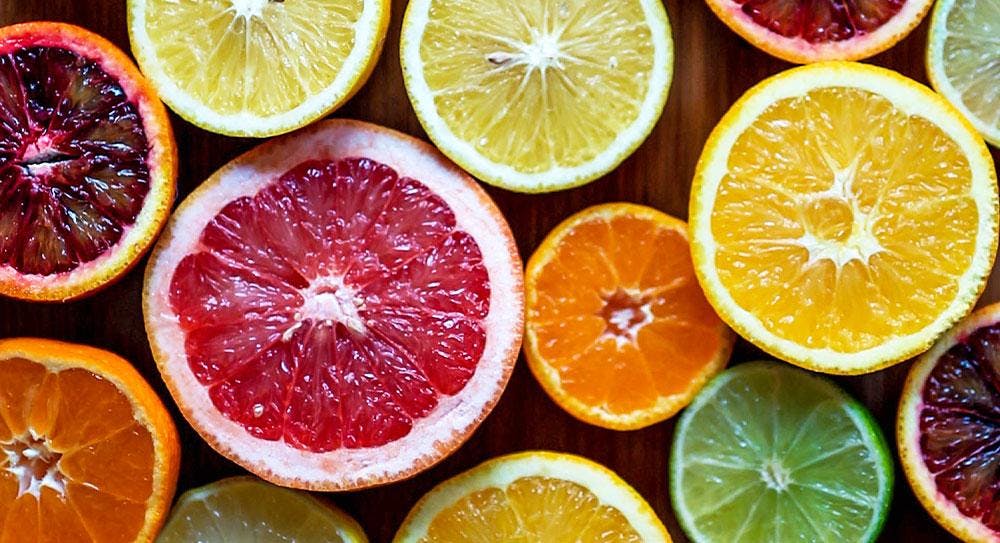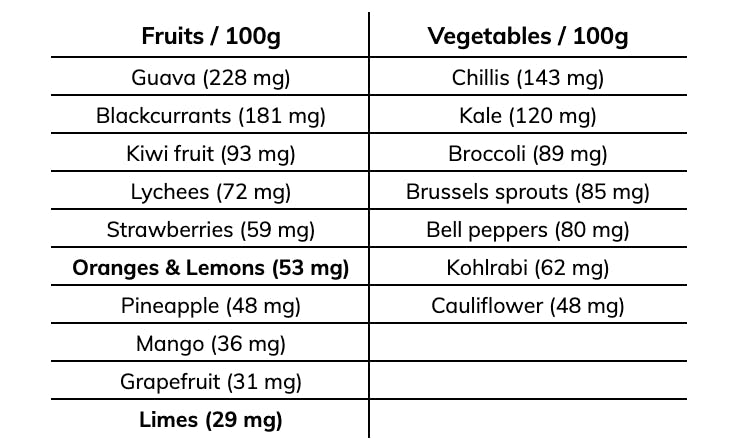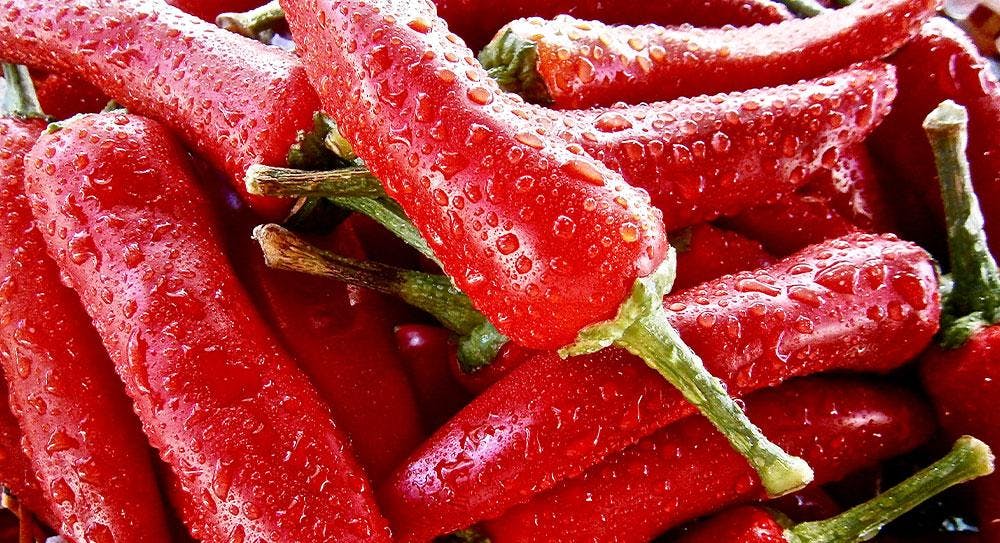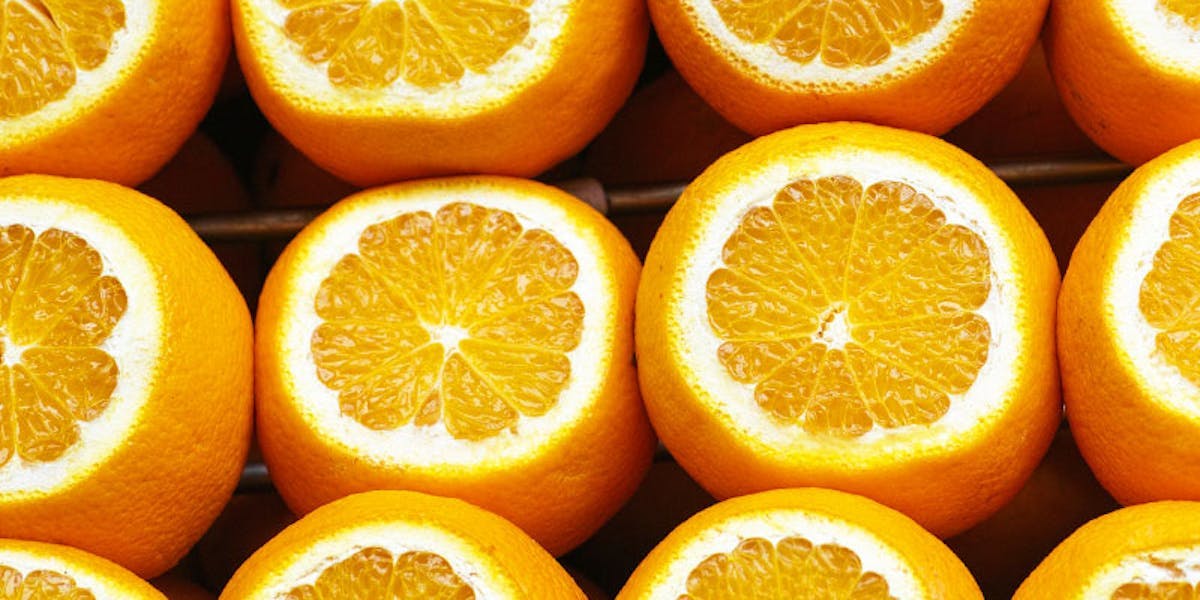Lifestyle
Foods High In Vitamin C
5min read
When we think of vitamin C, our brain automatically conjures up the image of an orange. This connection is largely due to one of the earliest recorded scientific experiments - but there are in fact plenty of fruits and vegetables that provide more vitamin C than oranges.
Why is Vitamin C important?
In the 1700s, scurvy was a huge problem for the British navy; it often prevented otherwise healthy sailors from doing their jobs. Dr. Robert Lind connected these symptoms with nutrition and set up an experiment to isolate what dietary essentials his men were missing.
He gave a range of solutions — including vinegar, barley water and citrus fruits — to different groups and, while most of the sailors became even iller, those who ate citrus fruits made a full recovery in just six days. It turned out, the men were deficient in vitamin C.
Vitamin C benefits
As well as helping cure scurvy, vitamin C helps us absorb iron; reduces fatigue by helping to produce carnitine, which burns fat more efficiently; synthesises collagen (an amino acid vital for building muscle, bone and hair) and hormones (that help to control all our body’s major functions); and supports our immune systems. There is also some evidence to say that vitamin C helps us to manage our stress levels.
Today, while all citrus fruits are a great source of vitamin C, we tend to stick more closely to oranges. This may be because they are the most pleasant to eat. And that’s no bad thing since oranges have a heap of other health benefits too: they are thought to lower cholesterol levels, boost heart health and reduce the risk of certain diseases. But there are lots of other foods rich in vitamin C.

Recommended daily amount
If aged between 19 and 60, the NHS recommends a vit hit of 40mg per day (and no more than
1000mg). Since we can’t make our own it’s important to get it from our diets. It’s worth knowing that vitamin C is a water-soluble vitamin so can be easily lost in cooking. Therefore, eating the foods below raw — or minimally cooked — is best.
While oranges are a great way to boost your intake of vitamin C, and certainly did that trick for Dr. Lind’s sailors, he would have been better off feeding them a host of other fruits and vegetables.
Here are our vitamin C front runners:
Fruit (vitamin C / 100g)
- Guava (228 mg)
- Blackcurrants (181 mg)
- Kiwi (93 mg)
- Lychee (72 mg)
- Strawberry (59 mg)
- Orange (53 mg)
- Lemon (53 mg)
- Pineapple (48 mg)
- Mango (36 mg)
- Grapefruit (31 mg)
- Lime (29 mg)
As you can see, oranges are actually quite a way down this list!
Vegetable (vitamin C / 100g)
- Chilli (142 mg)
- Kale (120 mg)
- Broccoli (89 mg)
- Brussels sprouts (85 mg)
- Bell peppers (80 mg)
- Kohlrabi (62 mg)
- Cauliflower (48 mg)


Fun facts about oranges
- Oranges are a hybrid of the pomelo and mandarin.
- The fruit is actually a type of modified berry known as a hesperidium.
- The little segments are called carpels and each orange usually has ten.
- While we commonly associate oranges with Spain and Florida, oranges are thought to have originally grown in the foothills of the Himalayas.
- The flowers of an orange tree are white and smell divine. However, they’re not particularly efficient: one citrus plant produce up to 60,000 flowers, but only 1% of those flowers will actually turn into fruit.
- Because Navel Oranges are seedless, they can’t reproduce through pollination and require “budding” or grafting to create new trees.
- Citrus plants are evergreen and can produce flowers, fruit and foliage at the same time. Perhaps this is why they are often seen as a symbol of fertility.
- Most animals can make their own Vitamin C, except for guinea pigs, humans and primates. (Sadly this is why guinea pigs are used in so much animal testing.)
- Vitamin C is called vitamin C because it was the third vitamin to be discovered and ‘c’ is the third letter in the alphabet. It is the most searched vitamin on the internet.
- Which came first, the colour or the fruit? Actually, the fruit… The Sanskrit word for the orange, naranga, means “fragrant” yet the word “orange” in relation to the colour did not come about until the 12th century.
- From a psychological point of view, the colour orange is associated with both caution and activity; it needs to be used with care in marketing.
By Munjeeta Sohal
MJ is a freelance writer, avid reader and habitual ruminator (and user of fancy words). She couldn’t live without books and her cats. On her days off, you can find her cycling up and down the Lea Valley, searching for a great vegan recipe to cook, or, well, reading her book with her cats.
Let us take care of dinner
We help to make eating more plants easy and delicious. Fancy letting us take care of dinner? Check out our delicious meals here.
Shop now
